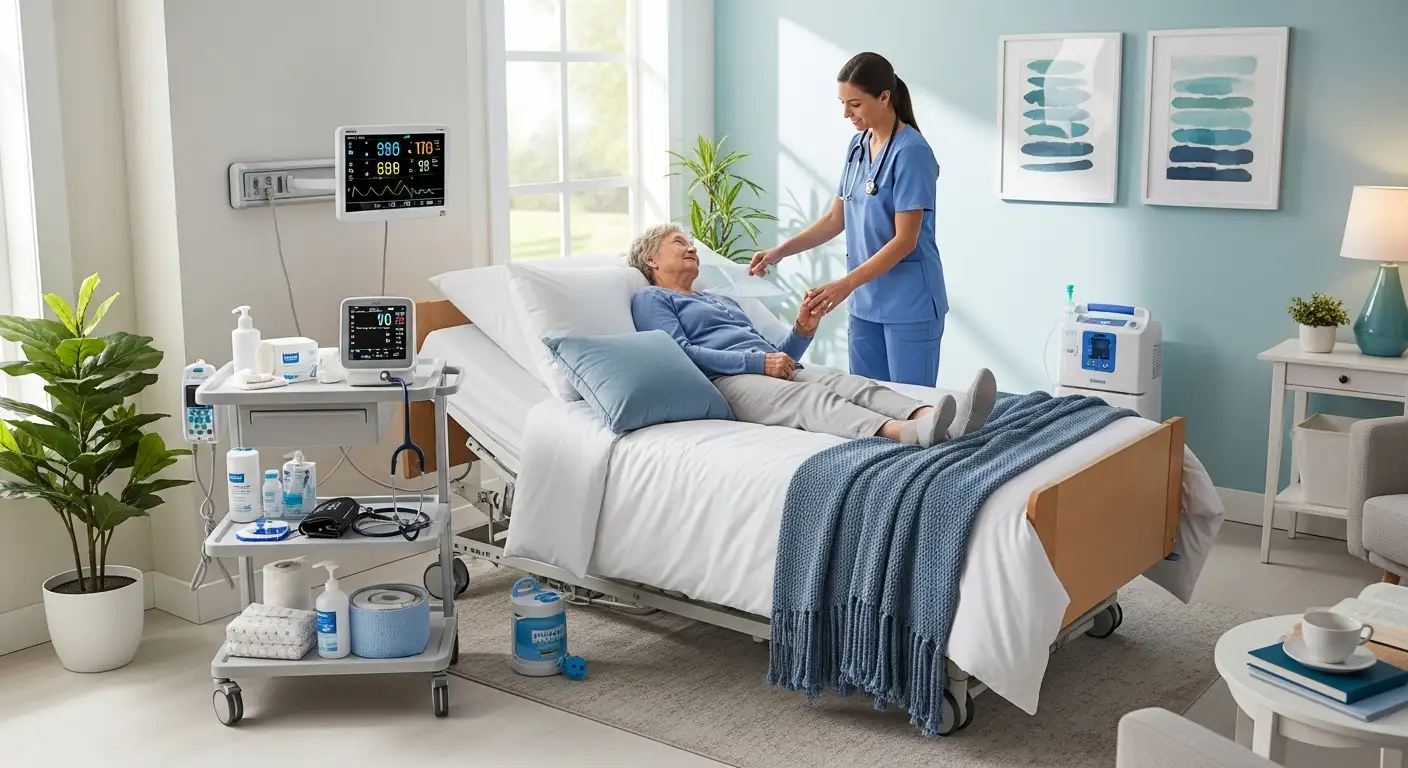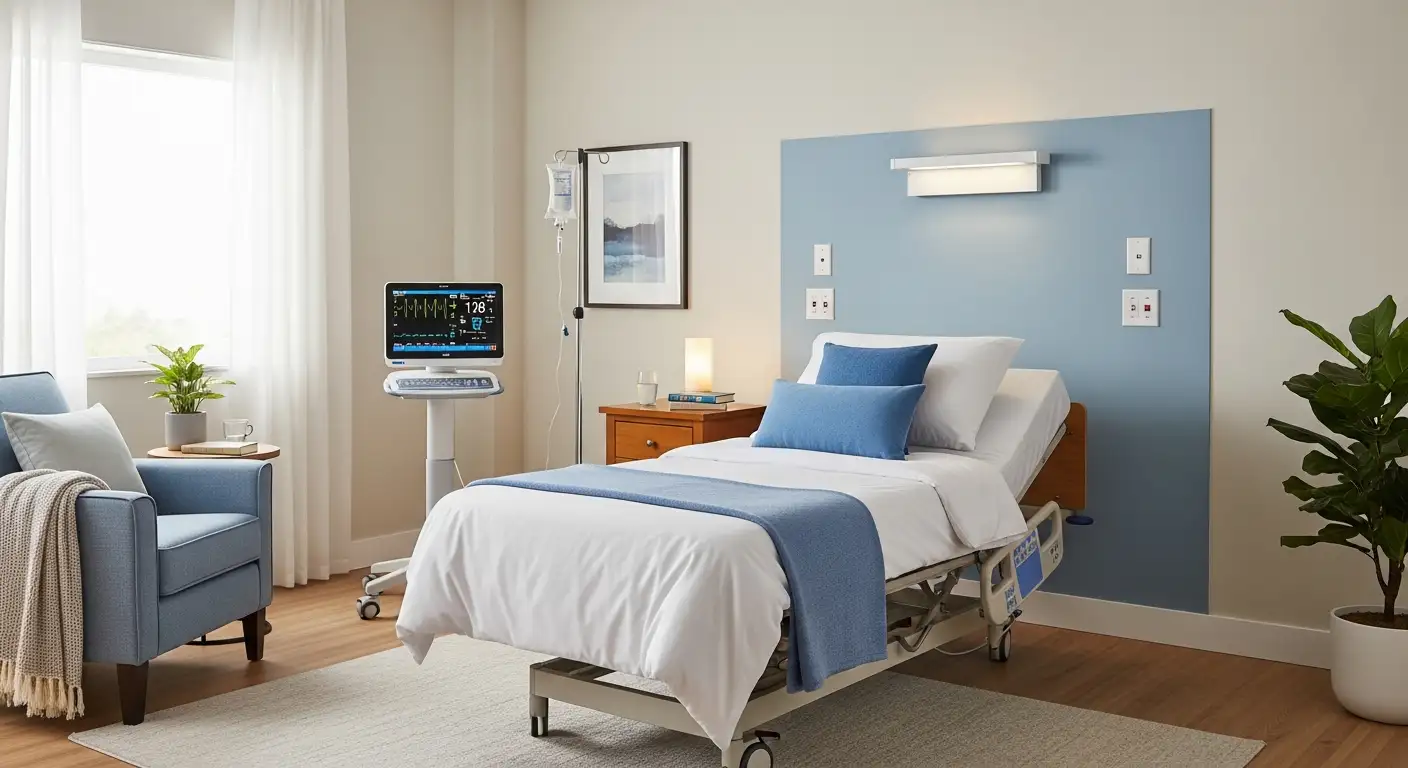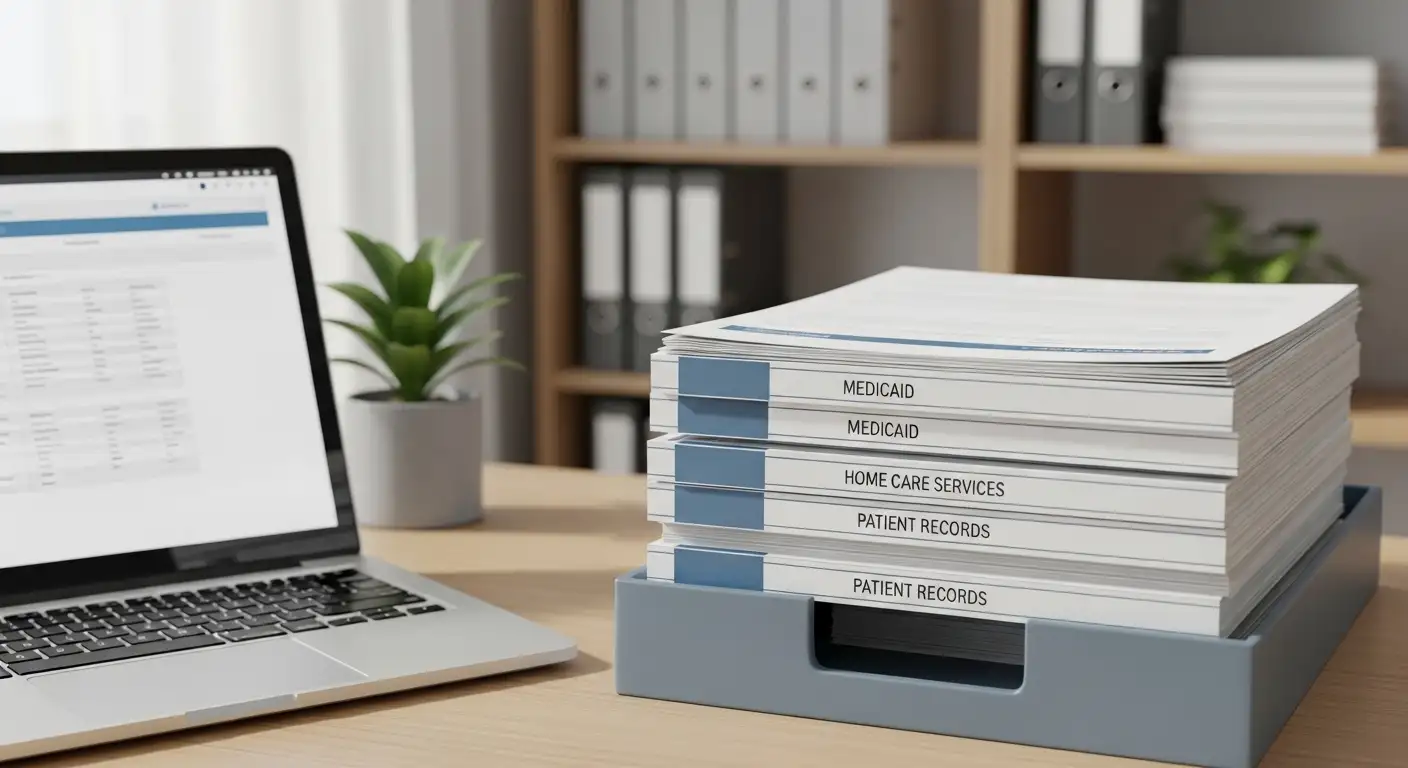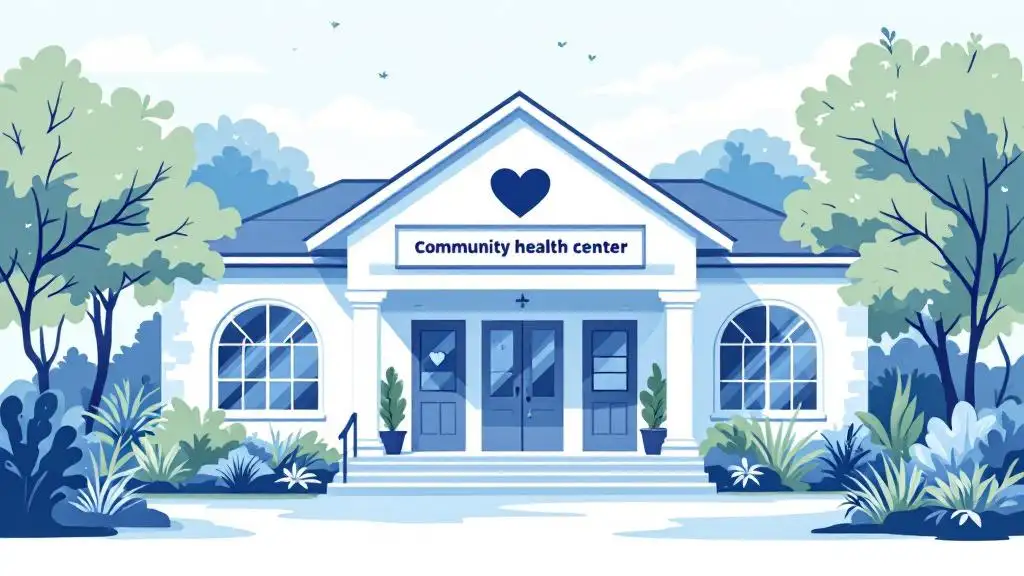How to Adjust Medication Plans for Aging Patients
Optimizing Medication Use in the Elderly: Strategies and Best Practices

Understanding the Importance of Tailored Medication Plans for Older Adults
As populations age globally, healthcare providers face the complex challenge of managing multiple medications in elderly patients. Age-related physiological changes, multimorbidity, and the risk of polypharmacy necessitate a thoughtful, systematic approach to medication adjustment. This article explores effective strategies to optimize pharmacotherapy in aging populations, emphasizing safe prescribing, regular review, interdisciplinary collaboration, and innovative tools to enhance medication safety and efficacy.
The Critical Role of Medication Review and Reconciliation in Geriatric Care
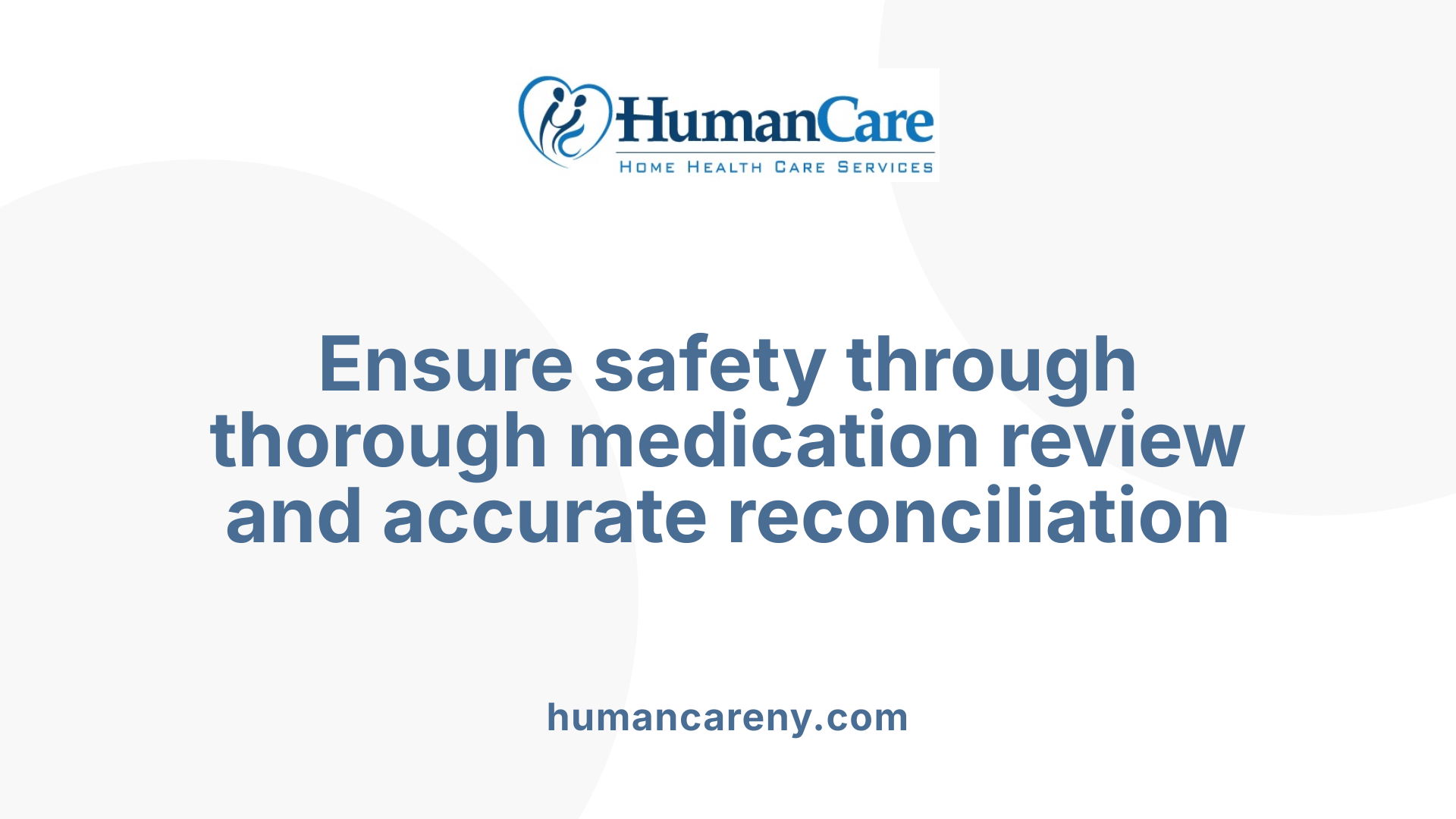
Why is medication review and reconciliation important for aging patients?
Medication review and reconciliation play a crucial role in caring for older adults, who often manage multiple health conditions requiring various medications. These processes help healthcare providers identify discrepancies, unnecessary drugs, and potential interactions that could lead to adverse drug events (ADEs). Aging-related physiological changes can alter drug metabolism and clearance, increasing vulnerability to side effects and drug-related problems.
By regularly reviewing medications, clinicians can tailor treatments to the patient’s current health status, reducing the risk of medication-related problems and optimizing outcomes. Reconciliation ensures the accuracy of medication lists during care transitions, such as hospital admissions or discharges, preventing medication errors. This proactive approach preserves functional status, enhances adherence, and aligns medication plans with individual health goals.
Despite obstacles like coordinating among multiple providers and limited time, incorporating multidisciplinary teams and electronic health records (EHRs) improves medication safety. Ultimately, thorough medication review and reconciliation are vital for preventing unnecessary polypharmacy, reducing hospitalizations, and ensuring safe, effective management of medications in elderly patients.
Ensuring Safe Medication Practices Through Collaboration and Communication
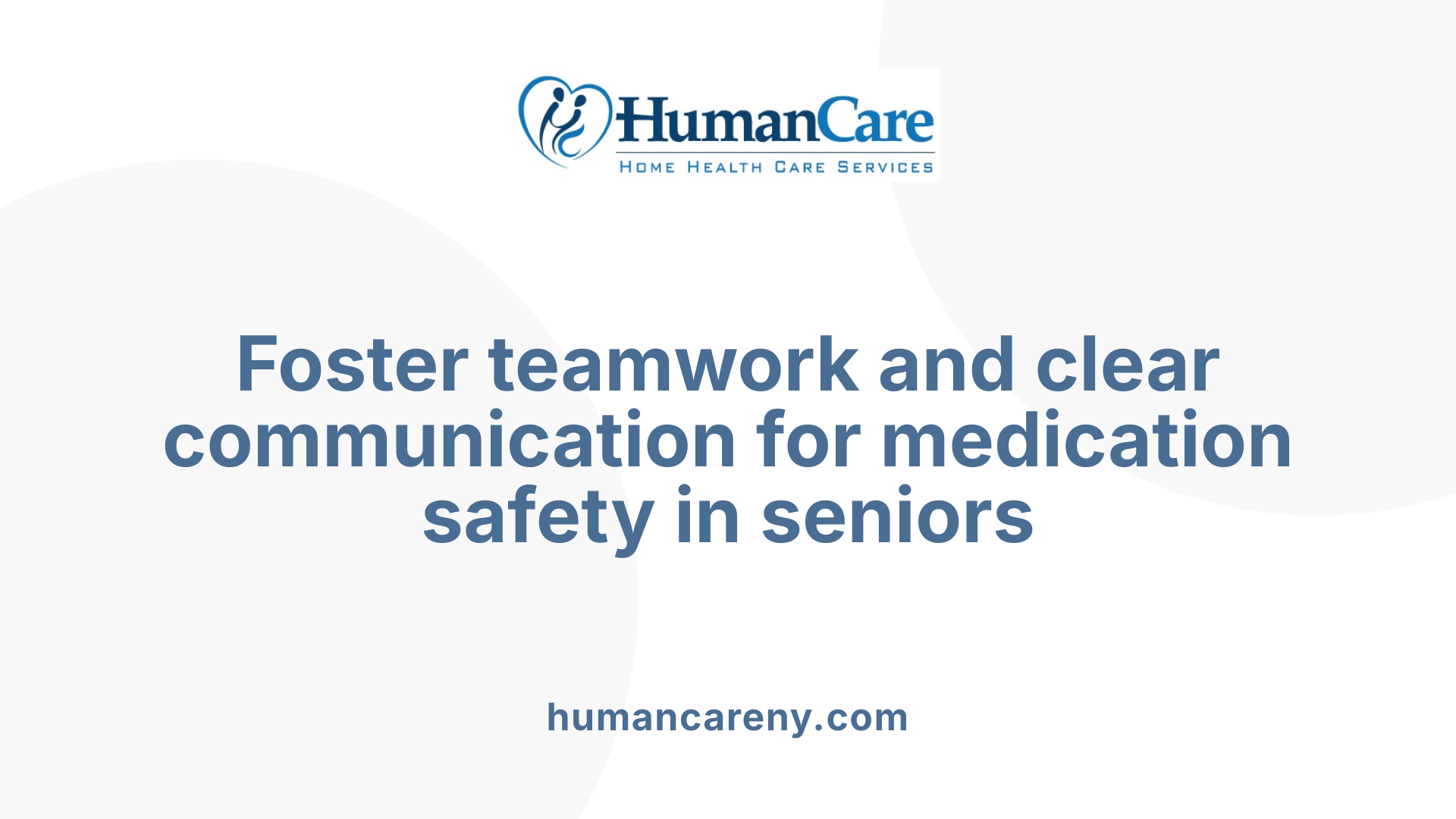
How can healthcare providers, pharmacists, and caregivers ensure safe medication practices for the elderly?
Effective medication safety in older adults depends on a team effort that includes healthcare providers, pharmacists, and caregivers. Their roles involve multiple proactive steps to prevent medication-related problems.
Initially, a comprehensive medication review, often called reconciliation, is essential. This process involves checking all medications, including prescriptions, over-the-counter drugs, herbs, and supplements. Verifying the appropriateness of each medication with prescribing doctors helps prevent duplications, harmful interactions, and unnecessary drugs.
Education plays a pivotal role. Providers and pharmacists should clearly communicate the purpose of each medication, how to take it correctly, and what side effects or interactions to watch for. Tailoring this information to the patient’s health literacy, cognitive abilities, and physical capabilities ensures better understanding.
Regular monitoring for adverse drug reactions, adherence, and effectiveness is vital. Healthcare teams can utilize decision support systems, electronic health records, and other digital tools to track medication safety and identify potential issues early.
Support strategies like medication reminders—whether through alarms, visual schedules, or caregiver assistance—are beneficial. Simplifying medication regimens, using easy-open containers, and involving patients in decision-making foster trust and adherence.
Strong communication channels among all parties, emphasizing shared decision-making, are fundamental. When caregivers are informed and engaged, they can assist with organization and observe any side effects or non-adherence.
In summary, collaboration, consistent education, regular review, and open communication are crucial measures that healthcare teams and caregivers should implement together to promote safe medication use in older adults.
Strategies for Adjusting and Managing Medication Plans in Older Adults
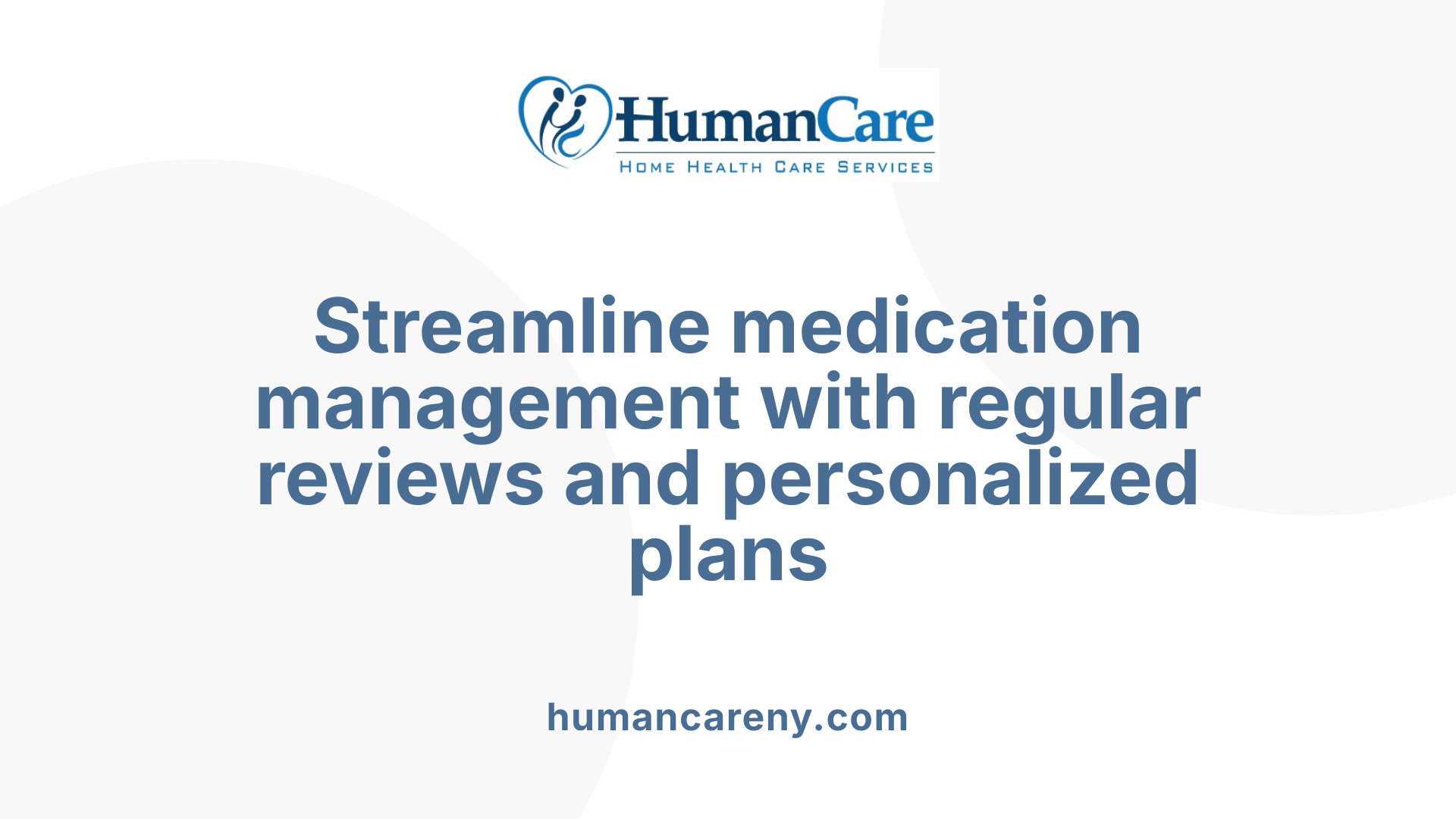
What are effective strategies for adjusting and managing medication plans in older adults?
Managing medications in older adults requires a comprehensive and systematic approach to ensure safety, efficacy, and adherence. One of the most effective strategies involves conducting regular medication reviews. These reviews should be performed with healthcare professionals such as physicians, pharmacists, or multidisciplinary teams to evaluate the ongoing need for each medication, identify potential drug interactions, and adjust dosages according to age-related physiological changes like decreased liver and kidney function.
Deprescribing—carefully reducing or stopping unnecessary or potentially inappropriate medications—is another critical aspect. Tools like the Beers Criteria, STOPP (Screening Tool of Older People’s Prescriptions), and START (Screening Tool to Alert Doctors to Right Treatment) help clinicians identify drugs that may pose more harm than benefit. Implementing these criteria guides safe medication withdrawal, reducing polypharmacy and minimizing adverse drug events.
Personalized adherence strategies also play a vital role. Using pill organizers with compartments for different days and times helps prevent missed doses. Medication synchronization, where multiple prescriptions are scheduled to be refilled simultaneously, simplifies the regimen. Easy-to-open containers accommodate physical limitations and make medication management easier.
Open communication among healthcare providers and involving older adults in decision-making ensures clarity and empowers patients. Educating them about their medication regimens, storage, and potential side effects enhances safety. Using visual labels, reminders through alarms or smartphone apps, and maintaining an updated medication list support adherence.
Additionally, verifying medication safety by regularly checking expiration dates and ensuring proper storage—preferably in a cool, dry place—reduces risks of medication degradation or accidental ingestion.
Overall, these combined strategies foster safer medication practices, improve adherence, and help maintain the health and independence of older adults.
Guidelines and Techniques for Safe Deprescribing
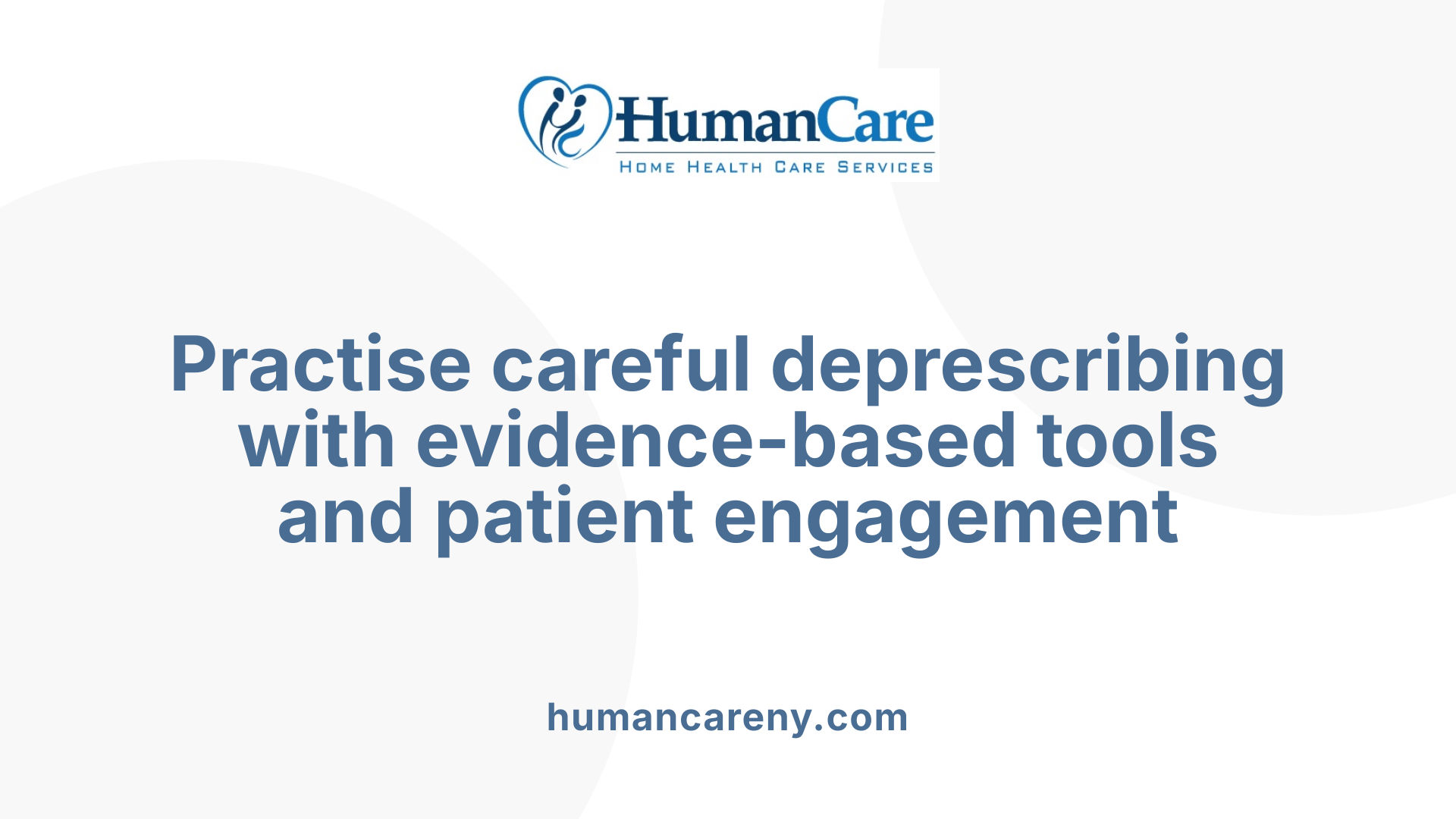
What are best practices for safe deprescribing in elderly individuals?
Deprescribing in older adults requires a careful, systematic approach that puts patient safety and preferences at the forefront. The process begins with comprehensive medication reviews, ideally conducted regularly to evaluate the ongoing necessity and safety of each drug.
A crucial step involves identifying medications that pose the highest risks, such as anticholinergics, sedatives like benzodiazepines, and certain proton pump inhibitors. Healthcare providers often use evidence-based tools like the Beers Criteria, STOPP (Screening Tool of Older Person's Prescriptions), or MATCH-D (Medication Appropriateness Tool for Multiple Conditions) to highlight potentially inappropriate medications.
Once high-risk medications are identified, a gradual tapering strategy is recommended. Techniques like "stop slow, go low" involve reducing doses gradually to prevent withdrawal symptoms or adverse effects, with close monitoring for any reactions.
Effective deprescribing also depends on engaging a multidisciplinary team, which may include physicians, pharmacists, nurses, and caregivers, to collectively assess the patient’s condition and medication risks.
Open communication with the patient is essential. Educating them about the reasons for medication reduction, expected benefits, and possible withdrawal effects can facilitate acceptance and adherence.
Using decision-support algorithms, educational pamphlets, and clinical guidelines can aid clinicians in making safe, informed decisions. This structured approach helps reduce medication burden, minimizes adverse drug events, and improves quality of life for older adults.
Ultimately, safe deprescribing is a nuanced process that requires collaboration, careful assessment, and ongoing monitoring to ensure the well-being of elderly patients.
Optimizing Efficacy and Safety through Personalized and Simplified Regimens
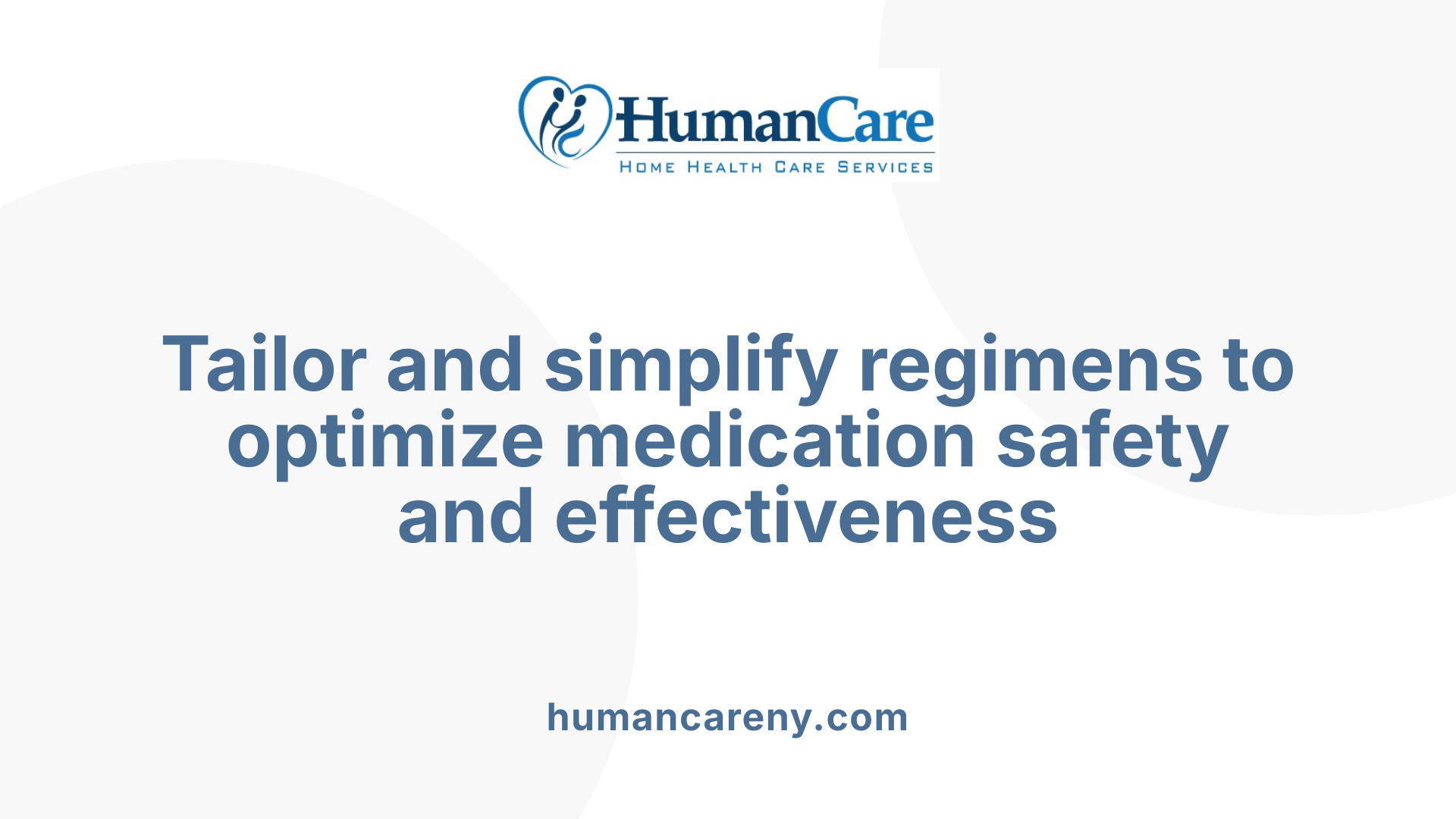
What are the key considerations for optimizing medication efficacy and safety in seniors?
Ensuring that medications are both effective and safe for older adults involves multiple strategies tailored to their unique needs. One fundamental aspect is thorough medication reconciliation, which involves maintaining accurate, up-to-date medication lists that include prescription drugs, over-the-counter medications, and supplements. This process helps identify unnecessary or duplicate therapies and minimizes the risk of adverse drug interactions.
A team-based, person-centered approach is vital. Frameworks like the Geriatrics 5Ms—mobility, mind, medications, multi-complexity, and what Matters most—offer a comprehensive way to address each patient's individual health priorities. This holistic perspective ensures that medication plans align with the senior’s personal values, functional status, and long-term goals.
Regular review of drug interactions is crucial, especially in populations managing multiple chronic conditions. It allows healthcare providers to deprescribe high-risk or unnecessary medications, reducing the burden of polypharmacy. Simplifying medication regimens—such as consolidating dosing schedules, switching to combination pills, or reducing medication frequency—can significantly enhance adherence and decrease the likelihood of errors.
Technological tools can further support safe medication management. Electronic health records, medication synchronization programs, and home delivery services help ensure correct dosing and adherence, even in complex regimens. Additionally, engaging patients and caregivers through education about medication purposes, potential side effects, and proper administration builds confidence and promotes adherence.
Effective communication during healthcare visits, including teach-back methods and using clear, simple language, empowers seniors to take an active role in their medication management. Addressing barriers like sensory deficits or cognitive impairments with customized solutions—such as visual aids, reminders, or organizational aids—can also improve safety.
In conclusion, optimizing medication safety and efficacy in the elderly hinges on a multifaceted approach that involves meticulous review, personalization, simplification, and ongoing education. Together, these strategies help prevent adverse events, improve health outcomes, and support the overall well-being of older adults.
Organizational Strategies to Improve Medication Adherence and Safety
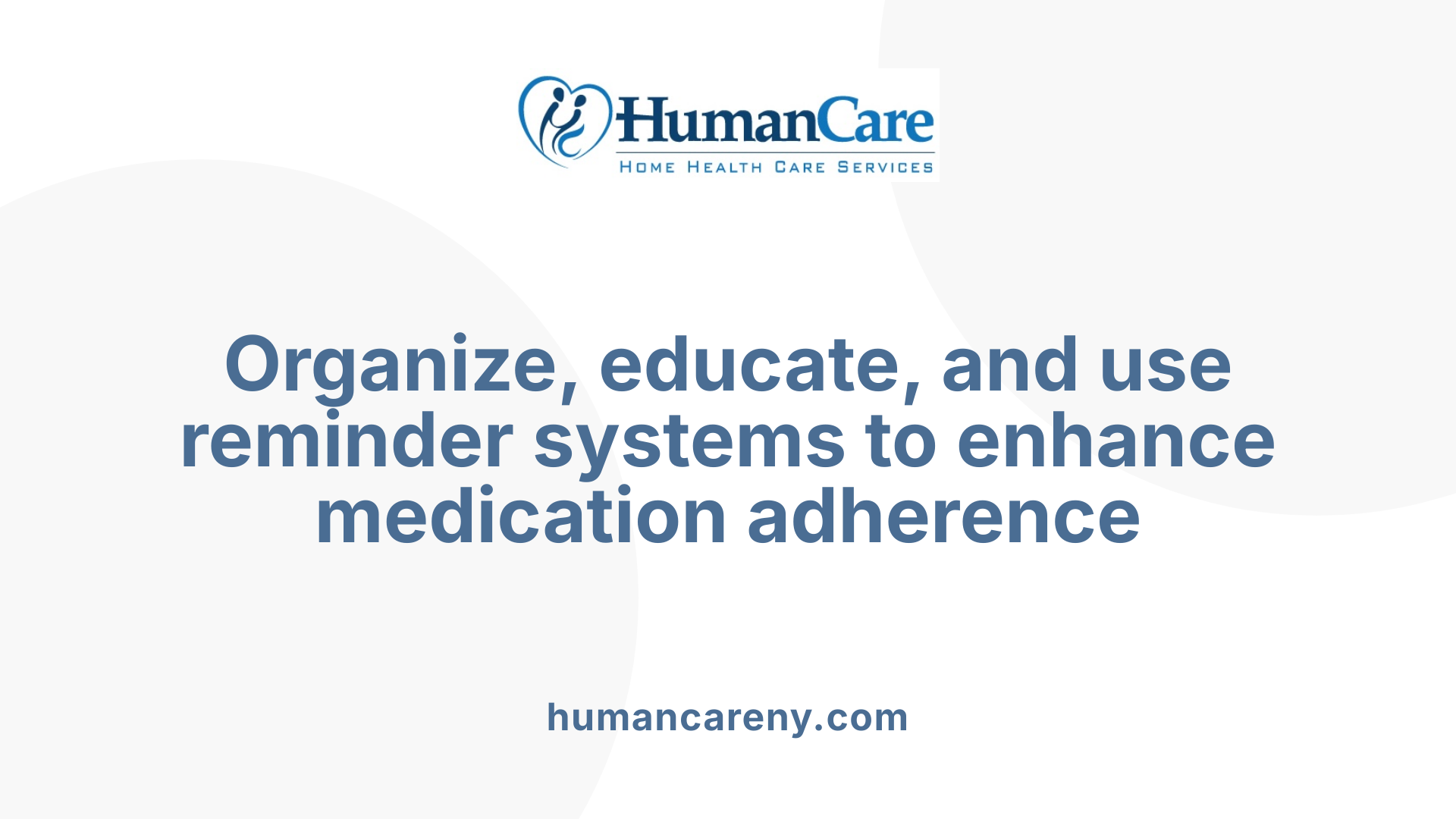
How do you organize medications for seniors to improve adherence and safety?
Proper organization of medications is vital to ensure safety and adherence among older adults. Storing all medications in a single, secure location using clearly labeled containers makes it easier for seniors to identify their pills and reduces the risk of errors. Pill organizers with compartments marked for specific times of day or days of the week are especially helpful, making it simple to pre-sort doses and maintain consistency.
Maintaining an up-to-date medication list is another crucial step. This list should include all medications—prescriptions, over-the-counter drugs, and supplements—along with doses, purposes, and prescribing healthcare providers. Such comprehensive documentation prevents accidental omissions, duplicate doses, and dangerous interactions.
Implementing reminder and tracking systems can significantly boost compliance. Alarms set on smartphones, dedicated medication apps like Medisafe or MyMeds, or caregiver prompts serve as cues for timely medication intake. Synchronizing prescriptions so they’re refilled at the same time avoids missed doses due to inconsistent supply.
Regular medication reviews with healthcare providers or pharmacists help identify potential drug interactions, side effects, or the need for deprescribing. Proper disposal of expired or unused medications not only reduces accidental ingestion risks but also benefits the environment.
Involving caregivers—family members, home health providers, or community services—and leveraging technology are additional strategies that support seniors in managing their medications safely. Education about medication purposes and adherence routines empowers seniors, ultimately fostering better health outcomes.
Ensuring Safe and Effective Medication Adjustments in Geriatric Patients
Adjusting medication plans in older adults requires a careful, multidimensional approach rooted in thorough review, interdisciplinary collaboration, patient engagement, and the strategic use of technology. Regular medication reconciliation, deprescribing high-risk drugs, and personalized medication management reduce adverse events and improve quality of life. Empowering seniors and caregivers through education, organization, and open communication is fundamental to successful medication therapy. As research and clinical tools evolve, healthcare providers must remain vigilant, flexible, and proactive to meet the changing needs of aging patients and ensure their treatments are both safe and effective.
References
- Strategies to Reduce Polypharmacy in Older Adults - StatPearls - NCBI
- 5 Medication Management Tips for Seniors and Older Adults
- Caregiverʼs Guide to Medications and Aging
- Strategies and Tools for Supporting the Appropriateness of Drug ...
- Medication Management at Home: Tips for Seniors and Caregivers
- Understanding & Managing Medication Regimens in Elderly Care
- Personalized Medication Management for Healthy Aging - Eden Drug
- Smart Medication Management: Key to Better Health in Older Adults
- Geriatric medication reconciliation in the home setting






